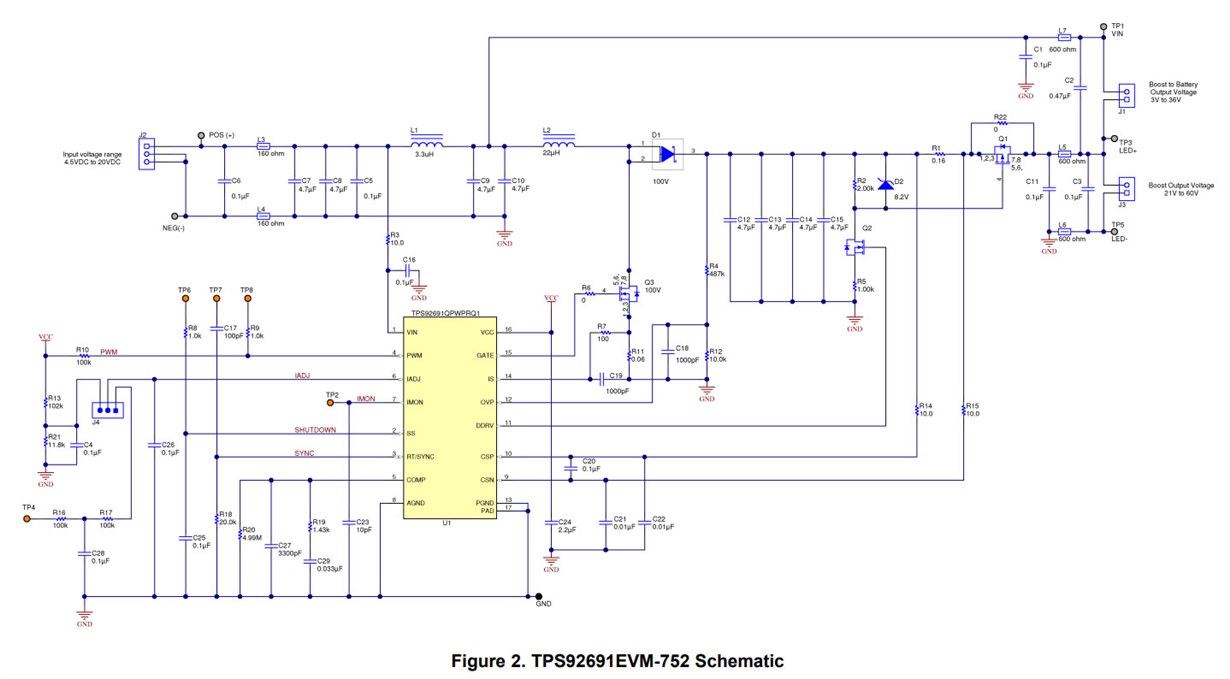Part Number:TPS65735
Hello, I have several questions regarding the TPS65735 PMIC.
We have an unusual design where we need to control 4 LCD shutter at once, not two.
I would like to know:
1) What switching speeds are possible? I would ideally want to control the LCD shutter at 240Hz rate, not the typical 120.
2) Can two TPS65735 be synced together to drive 4 LCD shutters instead of 2, each transparent only 1/240th of a second? If not, what alternative options are there?
3) Can you provide any leads on Asian suppliers/manufacturers of such LCD shutters? Do the LCDs have to be twisted nematic, thin nematic or ECB? It's almost impossible to find this info. I am certain they don't have to be expensive pi-cell due to the price of existing shutter glasses. Direct message me if you can't post that info in the forums.
Thank you.







